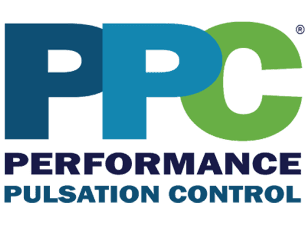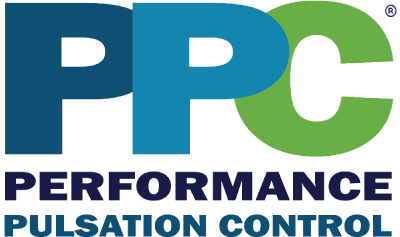FAQs
Some Commonly Asked Questions
Here are some of the most common questions we are asked. If you have additional questions, please contact one of our specialists at 972-318-9141 or sales@performancepulsation.com
Do maintenance-free units require pre-charging?
No. Maintenance-free units do not require pre-charging. The dampening effect is created by the fluid introduced into the unit during regular operation.
How many cartridges should I keep as spares?
This number of spares depends on use, application, charging frequency and levels. We recommend at least 2 spare cartridges per unit per year.
What is typical life expectancy of cartridges?
The typical life expectancy of cartridges is dependent on operating conditions, but generally, discharge units should last for 6+ months and suction units approximately 12 months.
Do you offer SELO, CE, PED, CRN, ASME certifications with your units?
Yes, we offer these certifications and more. We have many units in these territories and other parts of the world. PPC is well equipped to provide the technical services necessary to obtain these stamps.
What is the required pre-charge pressure?
The ideal pre-charge pressure is between 60 to 80% of the operating pressure. Note this requirement could be limited by the max pressure design of bladder/cartridge or nitrogen bottle. PPC considers pre-charge limitations when reviewing your application. If pre-charge cannot be met, PPC will provide alterative solutions that are equally effective.
How long does a maintenance-free unit last?
There is not a typical lifespan set for dampeners as it depends on the type of service. More corrosive services could consume the vessel wall thickness eventually bringing it out of ASME code compliance. Highly corrosive fluids could also affect the vessel’s internal components. However, we’ve seen Maintenance Free units in operation for 15-25+ years that continue to maintain their high performance level.
What is your typical warranty?
PPC’s typical warranty is 12 months on workmanship items only. This is not inclusive of operational parts designed to wear out.
How do I size the pulsation units?
The approach for sizing suction stabilizers and discharge dampeners is a publicly available method that is well proven over many years. The equation and pump factors are found in John Miller’s book, The Reciprocating Pump, Theory and Design. Performance Pulsation Control utilizes this methodology for our standard quotations and performance analysis.
What is the highest available operating pressure for your units?
PPC’s highest pressure design to date is 40,000 psig. We are capable increasing above this pressure limit if necessary. Our U2 certification allows us to produce ultra-high pressure applications at lower cost and less weight than a standard U stamp unit.
How can I tell if the dampener is working properly?
Look for noticeable changes or shifts over time in performance of the pump system, i.e. shaking, vibration, loose fitting connections, etc.
What is typical life of a cellular tube?
The typical life of a cellular tube is 10-15 years in typical, non-aggressive service. We recommend use of a split shell design for in-line versions in order to facilitate easier replacement.
What is typical life of a PDTA?
The typical life of a PDTA is 2-4 years, with a possible life of up to 10 years.
I’m concerned about by NPSH. How much will a flow-through style improve the NPSHA?
One of the major benefits of the flow-through style suction stabilizer is the effect of reducing acceleration head loss. If installed properly, this type of suction unit can virtually eliminate acceleration head by reducing the “L” value in the NPSHA formula. Reducing the L down to a couple feet from 20 feet will have significant impact on your available NPSH.
Do the dampeners arrive pre-charged?
No, gas charged units are not shipped pre-charged.
How often should I charge the unit?
No, gas charged units are not shipped pre-charged.
What is the best location for the unit in relation to the pump?
The best location for the unit is as close to the pump as possible, but no further than 10 times the pipe diameter away from the pump, which is the industry guideline.
Are your products compatible with K-series and other types of pulsation products?
Yes! While PD Series discharge dampeners have proprietary internal dimensions and features, any bladder or bladder kit designed to fit the Hydril K Series are fully acceptable.
Can I use one dampener tied to multiple pumps?
Yes, in some cases it is possible to tie a single dampener to multiple pumps. This can be done by providing a dampener with multiple nozzles or using our manifold style dampener.
Why do you need my pump specs?
Pump specs, such as plunger/piston diameter, pump type, pump stroke length, suction operating pressure and discharge operating pressure, are required to properly size the pulsation equipment. Fluid type and fluid temperature are required to determine the appropriate construction material and elastomer selection recommendations.
What are the bolt torque specs?
Industry standard practices for bolt torque specs apply to our units. These values can be found in the maintenance manual of our PD product.
Why does the pulsation dampener lose pressure?
Gas permeates through the rubber bladder material. Temperature and pre-charge pressures can influence the rate at which this occurs.
© 2024 Performance Pulsation Control. All rights reserved
PPC


